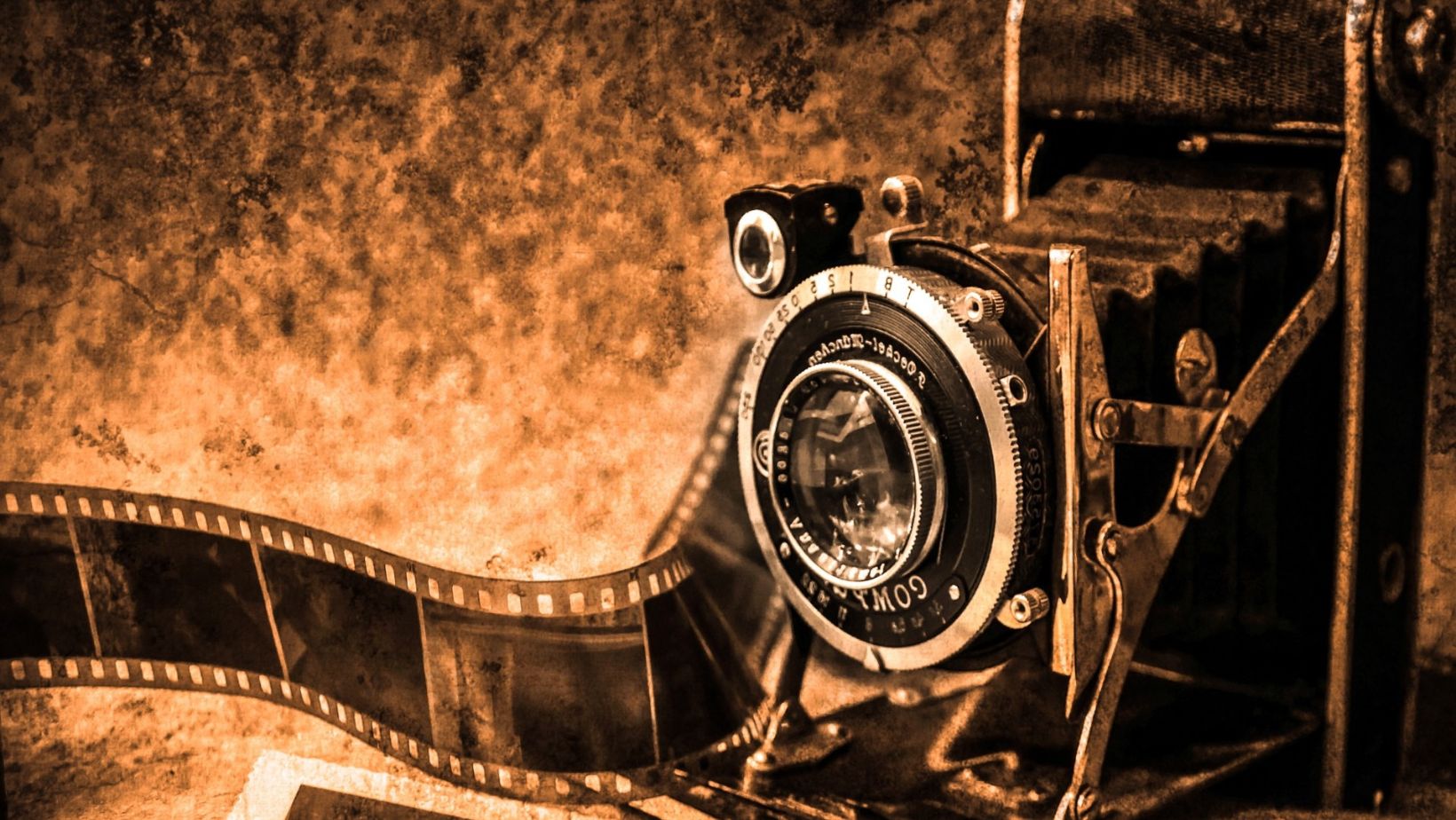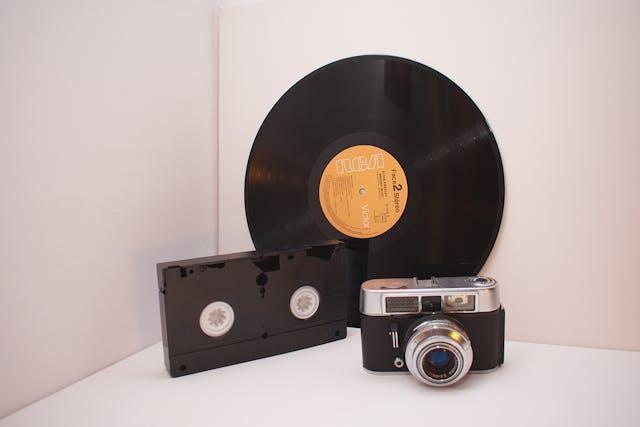Boxes of old miniDV tapes still turn up sometimes—pushed behind drawers, buried under tangled cords and broken chargers. If still readable, the labels might say things like “Summer 2003” or “Gran’s Birthday,” written in faded marker. Most people no longer have the equipment to play them. Yet even without pressing play, the tape itself holds weight. It’s a compact, fragile archive—not polished or curated, but rough around the edges. It is less like a museum piece and more like a sealed container from another life, forgotten but not erased. So, weathered, forgotten, but probably full of something meaningful that unlocks creativity, that’s when it hit me: maybe legacy media isn’t just about memory. Maybe it’s a crash course in long-term asset management, whether we meant it to be.
From Tapes to Time Capsules
Back in the day, recording something wasn’t casual. You had to charge a camcorder, buy blank tapes, and carry extra batteries. It was an effort. And then you’d guard that footage like it was gold, afraid of taping over something important. That instinct to protect my assets and preserve them was built in. The value wasn’t in the tape but in what it held. That’s pretty much the core principle behind asset management if you think about it.
Whether we realized it or not, those tapes, film rolls, and slides were treated like investments. You stored them carefully, labeled them, and felt a small panic if you couldn’t find one. Unlike digital files that get tossed into cloud folders without real ceremony, analog media forces you to respect what you are keeping. It made you slow down, plan, and keep track. The stuff financial advisors try to drill into your head? Legacy media already taught us that.
Organized, Preserved, Accessible
Ask anyone who’s tried to find a working Hi8 camera in 2025. They’ll tell you it’s not fun. A big part of long-term asset management is making sure that what you have doesn’t just survive but stays accessible. It’s not enough to own a thing. You have to be able to use it when it matters.

That’s why more people are turning to Capture. It’s a professional digitization service that converts old tapes, film, and photos into high-quality digital files you can actually use. They’re not just digitizing old tapes because it’s trendy. They’re doing it because digitization is modern asset protection. It’s about taking something that could decay, warp, or become obsolete and ensuring it doesn’t vanish with time. You’re not erasing the past; you’re formatting it for the future.
And it’s not just about tech. It’s about principle. Taking care of your old media is a small-scale version of managing a pension or maintaining a property. You inventory what you have, evaluate the risks, and make moves that ensure future access. The logic is the same whether that asset is a dusty tape or a stock portfolio.
Legacy Media Doesn’t Just Store. It Reflects
There’s also something uniquely honest about older formats. You didn’t get to preview or edit your shot on the spot. What you captured was what you got. In a world of filters and fifteen takes to get the lighting right, those fuzzy videos and awkward angles hit differently. They remind you not just of what happened, but of who you were when it happened. The fact that we remember older photos vividly has value, too.
And like any long-held asset, sometimes it takes a while to appreciate its worth. You don’t always realize what something means until you dig it up later, squint at the footage, and realize there’s a detail in the background you forgot existed. Your old dog. The way your parents looked when they still danced in the kitchen. The beat-up couch that somehow followed you through three moves. This is the kind of value no spreadsheet can track. But its value is all the same.
Emotional Assets Count Too
We tend to think of assets as numbers, such as money in the bank, real estate, and business shares. But legacy media reminds us there’s another kind. Emotional assets. A five-second clip of your grandfather laughing at his own joke might not earn interest, but the wealth becomes more valuable the older it gets.

That clip, if stored on a disintegrating tape, might already be slipping away. But once digitized and named properly, say “Grandpa_July99_Laughing.mp4”, it becomes a digital asset you can revisit. Share it. Archive it. Pass it down. You’re not just saving a memory. You’re putting something into circulation that can keep paying emotional dividends for years.
That’s the heart of long-term asset management in this context. Not every asset is material. Some are legacies in the deepest sense of the word.
When Stewardship Becomes the Story
Some people inherit the land. Others inherit boxes of tapes and prints. Both require care. Both can fall apart if neglected. And both, when preserved properly, tell a story that’s bigger than just “stuff.”
There’s something quietly noble about being the person in your family or friend group who becomes the keeper of the archives. It’s not flashy. You don’t get rich doing it. But ensuring these things survive, even imperfectly, is a form of stewardship. You’re carrying forward something that time alone would’ve erased.
It’s the same reason we care for old homes or protect historical buildings. We’re not just saving bricks and beams. We’re saving context. We’re saving the details that made those places mean something. And when it comes to old media, we’re saving images or sounds and the emotional texture wrapped around them.
Don’t Let It Fade
It’s easy to put this stuff off. Life moves. Boxes stay sealed. Tapes stay in drawers. But time doesn’t care. It keeps going. And one day, the format will stop being supported, the footage will be corrupted, or the paper will crumble. That doesn’t mean you have to treat everything like a museum piece. You don’t need a climate-controlled vault or professional restoration services. But you can take simple steps: digitize what matters, label your files clearly, and back them up.
It’s not about being perfect. It’s about being intentional. Because when you finally hear that voice again, calling your name from twenty years ago on some grainy tape, you’ll be glad you made the effort. That’s the payoff of long-term asset management. Not profit, but presence. Not wealth, but memory.


More Stories
What Are the Common Mistakes that Affect Car Accident Settlements in Georgia?
How Automation Transforms Insurance Processes
How Understanding the Principles of Attention is Key to Sales